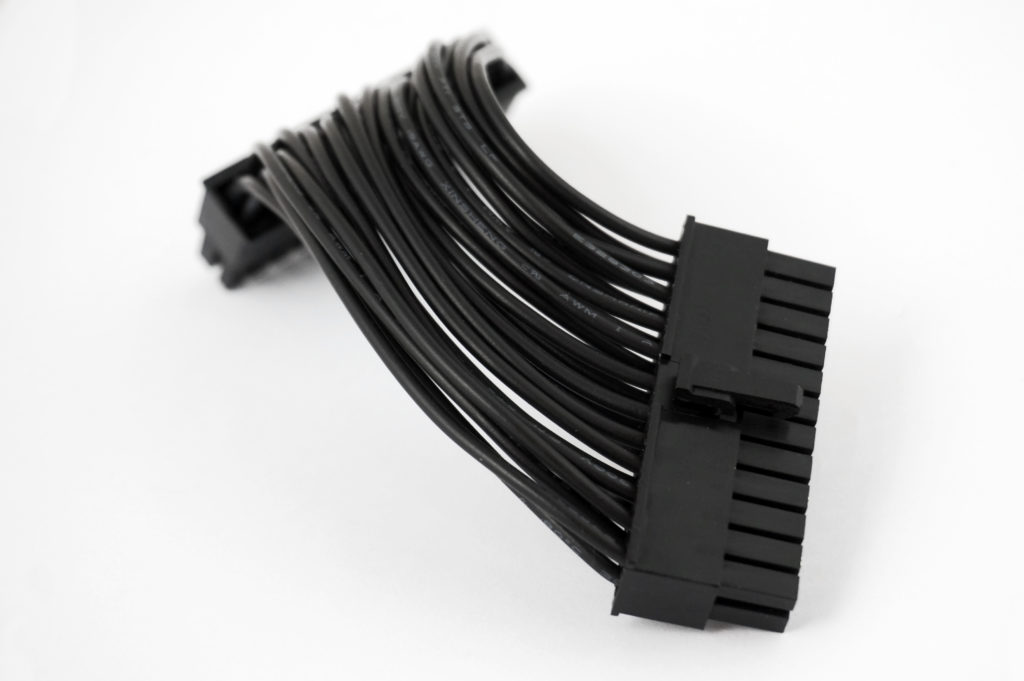If you have a Dahua, QVIS or similar DVR that works with PSS software, processing the video into a timelapse isn’t easy – it has an odd file format, it is segmented by the hour (my DVR only encoded one key frame per hour too), the tools are awkward with 100+GB of video and generally timelapses are created from stills, not video. I’ve put together a brief guide on one way of doing this – in my case combining three weeks of footage from 3 cameras at 6fps and combining them into a <2 minute timelapse. You will need the following tools:
- Avisynth
- VirtualDub (32 bit version)
- Lagarith Lossless Video Codec
- x264vfw encoder
- Avidemux
- Notepad++
- Media Player Classic
- PSS
- Dahua AVI Batch File Converter
This assumes you’ve used PSS before and can download .dav files in hourly segments. Firstly, download all of the hourly segments using PSS for each camera. Using the batch file converter, select the folder with the .dav files in and let it do its thing.

Now that you have a folder full of converted files, combine the files into more manageable groups. Using three cameras, I organised by /camera name/dd_mm.avi and concatenated the eight hours from each day into a single file – the trick is to do this without with needing to re-encode anything (and losing quality). Avidemux does this with its Append feature (Ctrl+A shortcut).
Open the first file and repeat the Append function for each subsequent file. When finished use the save function to save the file as a .avi. You may be able to skip this Append step and concatenate all files using a single step in Avisynth, see below, depending on the number / size of your files.
Tiling the three camera views and combining days
To tile and combine these daily streams, Avisynth is the right tool. Create a new text file putting
dir /s /b >filelist.txt
as its contents. Rename to .bat. Run a copy of this in each folder and you’ll have a file listing in a new text file. Create a new file in Notepad++ and use the search and replace to make the list match this formatting for each camera (A, B, C, D etc).
A=UnalignedSplice(AVISource("D:\timelapse\front\front_1_02.avi"),AVISource("D:\timelapse\front\front_2_04.avi"),AVISource("D:\timelapse\front\front_3_05.avi"),AVISource("D:\timelapse\front\front_4_06.avi"),AVISource("D:\timelapse\front\front_5_07.avi"),AVISource("D:\timelapse\front\front_6_08.avi"),AVISource("D:\timelapse\front\front_7_11.avi"),AVISource("D:\timelapse\front\front_8_12.avi"),AVISource("D:\timelapse\front\front_9_13.avi"),AVISource("D:\timelapse\front\front_10_14.avi"),AVISource("D:\timelapse\front\front_11_15.avi"),AVISource("D:\timelapse\front\front_12_18.avi"),AVISource("D:\timelapse\front\front_13_19.avi"),AVISource("D:\timelapse\front\front_14_20.avi"),AVISource("D:\timelapse\front\front_15_21.avi"),AVISource("D:\timelapse\front\front_16_22.avi"),AVISource("D:\timelapse\front\front_17_25.avi"),AVISource("D:\timelapse\front\front_18_26.avi")).AddBorders(4, 0, 0, 4))
There are only three feeds in my case, so I added a fourth blank image in the unused area. These four entities can now be stacked.
D=ImageSource("d:\timelapse\spare.bmp", end=2000, use_DevIL=true).AddBorders(4, 6, 0, 0).ConverttoYv12()
StackVertical(StackHorizontal(A,B),StackHorizontal(C,D))
Add the above code at the bottom of the new file and save as a file with the extension .avs. This is an Avisynth file, that will play like any normal video in Media Player Classic using Avisynth as a frameserver.
This will result in a tiled, combined, unedited stream of all of the footage with regular keyframes for editing.
Editing
The 1 hour between keyframes means it takes too long to skip to frames using Avisynth as a frameserver. This delay makes it impractical to edit the video. To eliminate this open the .avs in VirtualDub and use the frame rate control option to increase the source frame rate as appropriate (I changed it from 6 to 60fps) and speed up playback. Using Lagariths lossless codec, export to a new file. This file was ~450GB in my case.
To quickly scan through that footage, play the resulting file in Media Player Classic using Ctrl+Up to fast forward, Space to pause and Left / Right arrow keys to step frames. Each time you find a Start or Stop point, press Ctrl+G and copy the frame number to a spreadsheet. Export as a CSV and use search / replace in Notepad++ to create a new file with the start/stop frame numbers in the following format.
AVISource("D:\timelapse\combined_four_cameras.avi").levels(0,0.900,255,0,255).autolevels()
Trim(1164,2700).FadeIn(24)+Trim(2832,3300)+Trim(4752,5028)+Trim(5233,6240).FadeOut(24)+Trim(10634,10702).FadeIn(24)+Trim(12151,14103)+Trim(14395,14533)+Trim(14992,16241)+Trim(17989,18575)+Trim(18700,18855)+Trim(19201,19225)+Trim(19703,20703)+Trim(21125,21186)+Trim(21512,21518)+Trim(21548,21562).FadeOut(24)
Open this new .avs file in VirtualDub. Using the frame rate control option again, change both the Source rate adjustment and Frame rate conversion. Keeping ‘Convert to fps’ at 60, adjust the Source rate adjustment to a higher figure to increase the speed at which the final output will be played.

Finally, change the video encoder to x264vfw in VirtualDub (Ctrl+P) and go to ‘Save as AVI’ (F7).
disclaimer: there are probably ways of doing this with fewer tools / steps.


















